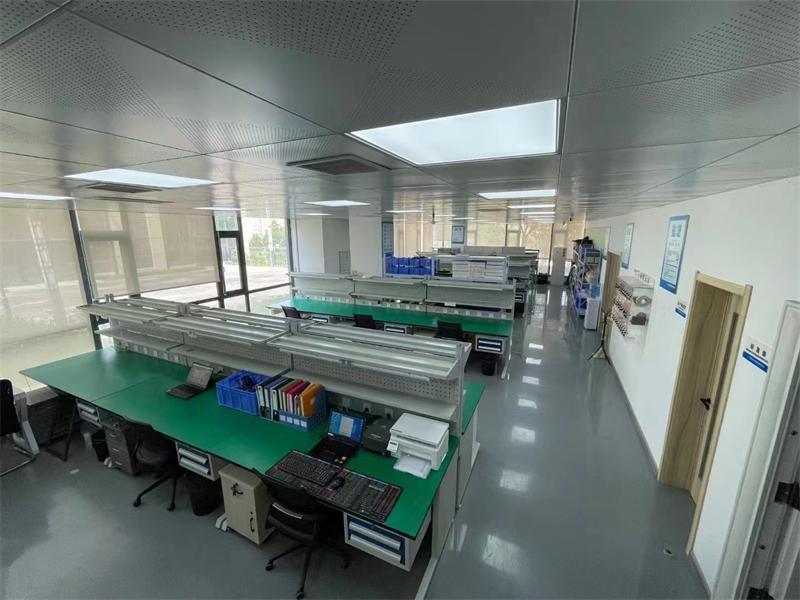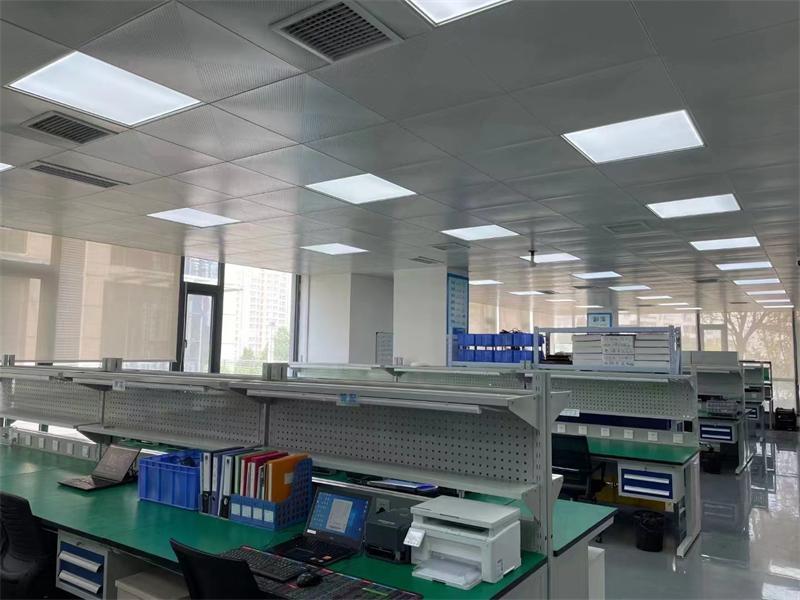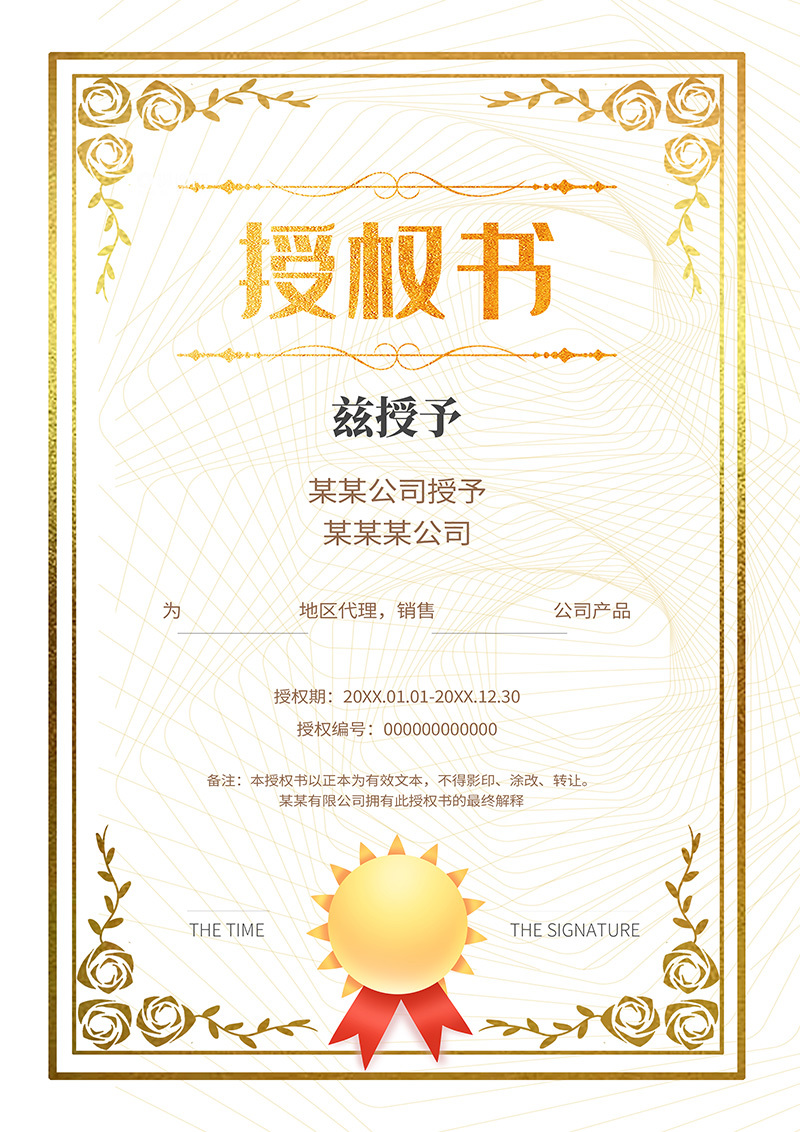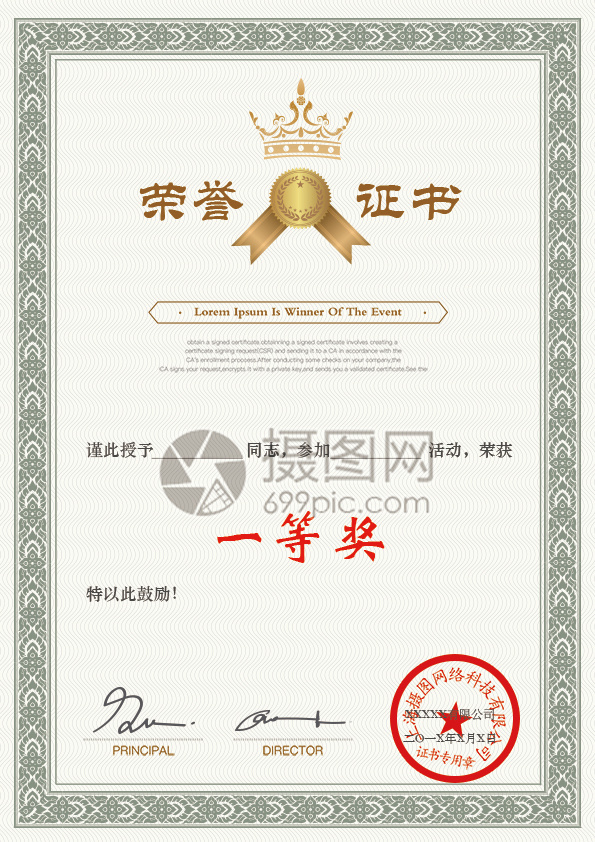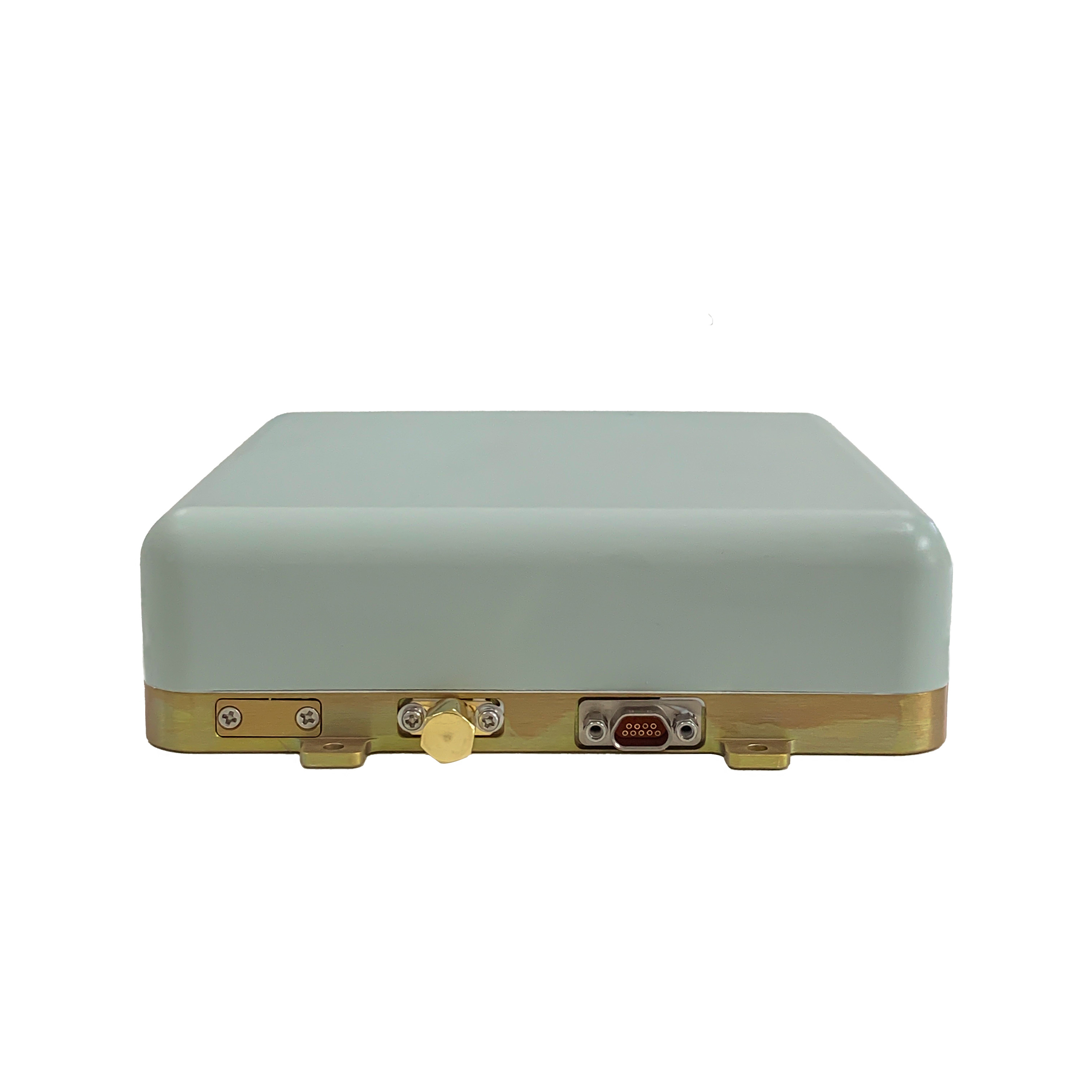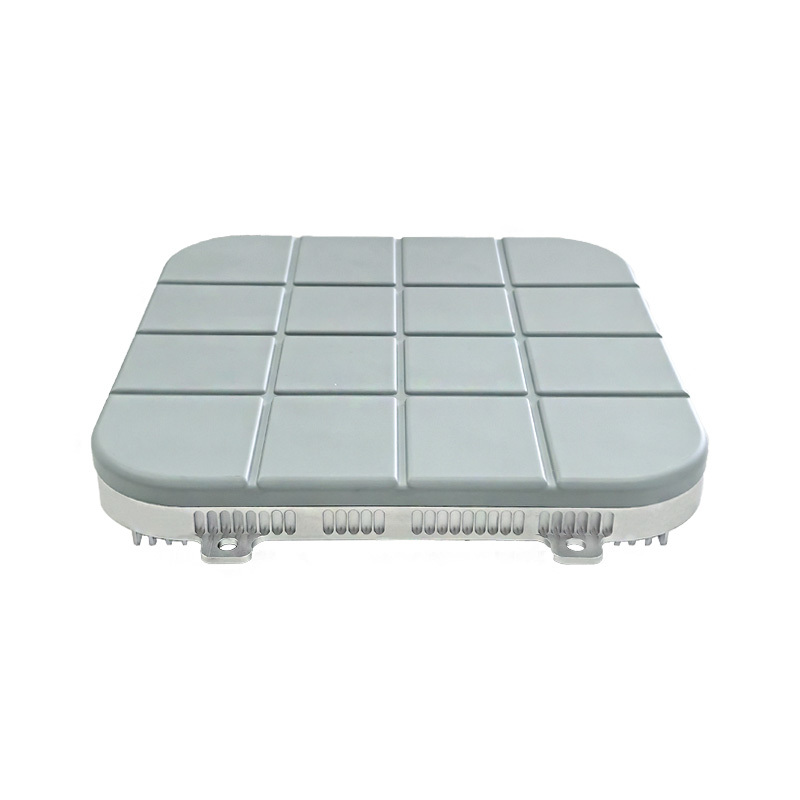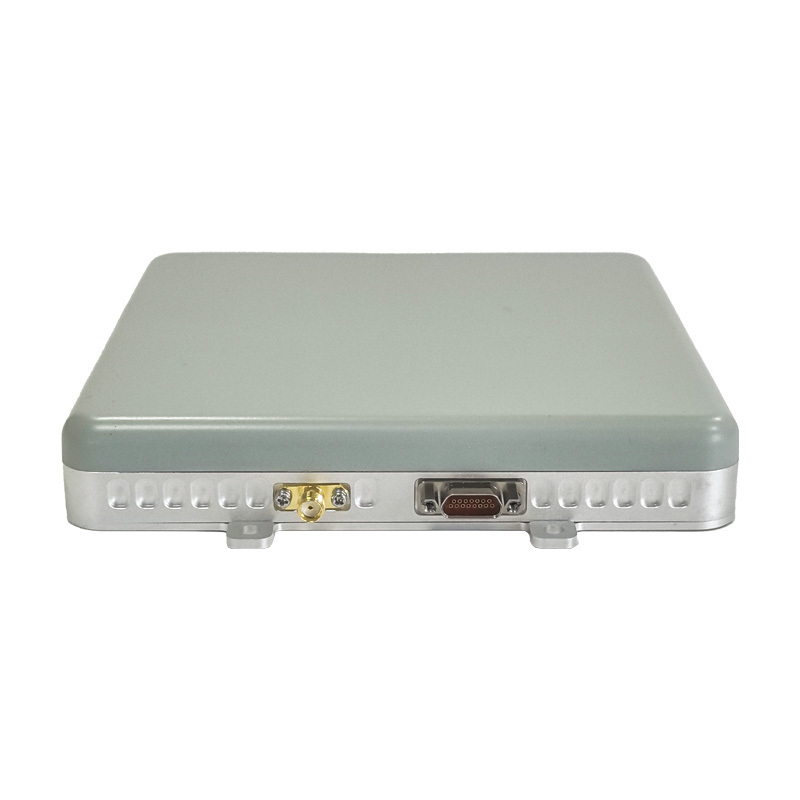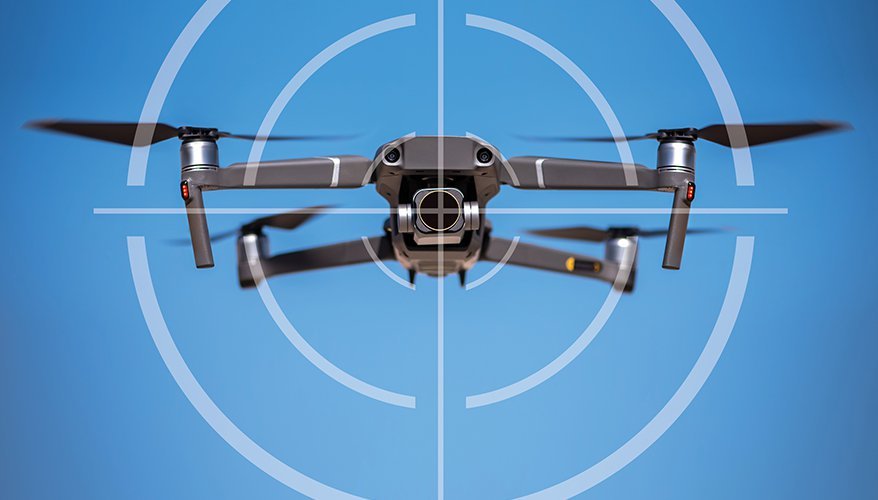

Integration System for Anti Drone Usage
Each type of detection means can solve some situation drone defense usage. So integration is a must for important security usage. To achieve a comprehensive anti-drone defense system, it is essential to combine various detection technologies, such as radar, radio frequency (RF) detection, electro-optical sensors, and acoustic sensors. Each of these technologies offers unique advantages that can complement one another. For instance, radar systems excel in detecting larger drones at considerable distances, while RF detection can identify the control signals between the drone and its operator, providing insights into the drone's operational patterns. Electro-optical sensors, on the other hand, can provide high-resolution imagery to visually confirm the presence of a drone, allowing for accurate threat assessment. By integrating these technologies into a unified platform, operators can leverage real-time data from multiple sources, enhancing situational awareness and response capabilities. Moreover, advanced algorithms and machine learning techniques can be employed to analyze the collected data, enabling the system to differentiate between benign and hostile drones effectively. This integration not only improves detection accuracy but also reduces the likelihood of false alarms, which can lead to unnecessary resource allocation. Ultimately, a well-coordinated anti-drone system can provide a robust layer of security for sensitive areas such as airports, military installations, and public events, ensuring that potential threats are identified and neutralized swiftly and efficiently.
Category:
Key Words:
- Product Detail
- parameter
-

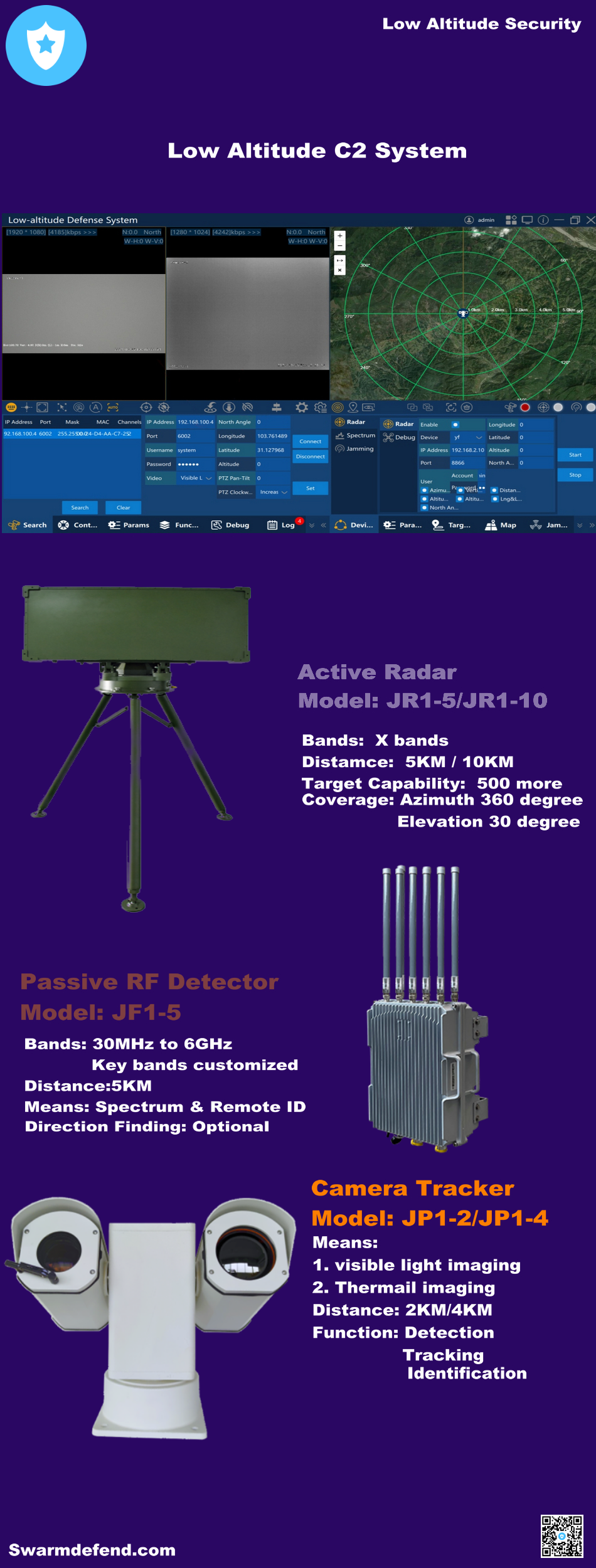
Each type of detection means can solve some situation drone defense usage. So integration is a must for important security usage.
To achieve a comprehensive anti-drone defense system, it is essential to combine various detection technologies, such as radar, radio frequency (RF) detection, electro-optical sensors, and acoustic sensors. Each of these technologies offers unique advantages that can complement one another. For instance, radar systems excel in detecting larger drones at considerable distances, while RF detection can identify the control signals between the drone and its operator, providing insights into the drone's operational patterns. Electro-optical sensors, on the other hand, can provide high-resolution imagery to visually confirm the presence of a drone, allowing for accurate threat assessment. By integrating these technologies into a unified platform, operators can leverage real-time data from multiple sources, enhancing situational awareness and response capabilities. Moreover, advanced algorithms and machine learning techniques can be employed to analyze the collected data, enabling the system to differentiate between benign and hostile drones effectively. This integration not only improves detection accuracy but also reduces the likelihood of false alarms, which can lead to unnecessary resource allocation. Ultimately, a well-coordinated anti-drone system can provide a robust layer of security for sensitive areas such as airports, military installations, and public events, ensuring that potential threats are identified and neutralized swiftly and efficiently.
-
-
Anti interference Module
- Elements
- Bands
-
Applications
Factory Environment
Cinofiber will continue to be a leader in the optical communication industry, providing customers around the world with more stable, reliable, and high-quality products and services.
Questions And Answers
Certificate Of Honor
Related Products










